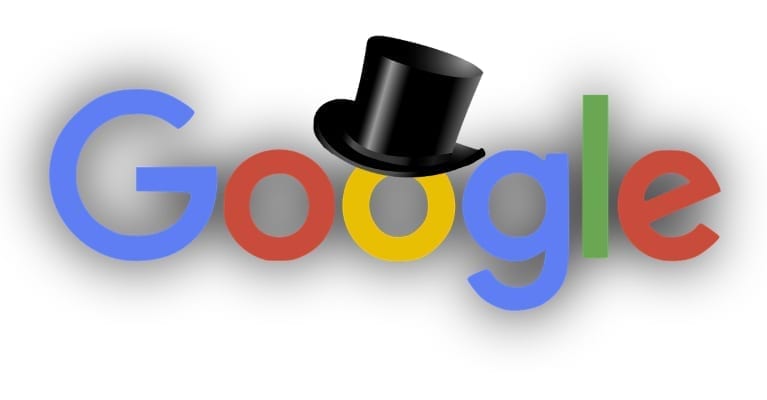|
Getting your Trinity Audio player ready...
|
Most publishers are well aware of the control that Google has long wielded over the digital advertising industry, ever since Google’s acquisition of the now-rebranded DoubleClick back in 2008. The damages caused by Google’s anticompetitive effects are difficult to quantify. However, one of the most concrete manifestations of Google’s monopoly lies in the rise of header bidding — which is literally a hack that the industry has devised to circumvent Google’s powerful position in auctions.
With header bidding, rival exchanges like AppNexus worked with publishers to increase competition for their ads — competition that was previously suppressed by Google. The higher yield that publishers have seen by implementing header bidding represents the quantifiable damages of Google’s hegemony.
The rise in header bidding was heralded as a win for publishers when it came to taking back some control for themselves. Unfortunately, header bidding represented merely a temporary victory. And, ironically, the latency that header bidding introduced may be the leverage Google will use to deliver its next blow against publisher independence. Unless publishers do something about it, that is.
Innovation Stifled, Control Lost
Google’s acquisition of DoubleClick set the stage for its monopoly in the realm of digital advertising. In order to maintain control over each ad impression, Google set up two moats around this business: It made ad serving a low- to no-cost proposition, and it ultimately tightly coupled the use of its ad server and Google’s AdX demand. The ability to even consider adoption of another ad-serving platform was virtually eliminated for the majority of online publishers, which could not afford to lose a steady stream of AdX revenue.
OK, so Google gave publishers a free ad-serving tool and a revenue stream to go along with it. What’s the problem?
The problem, as with all monopolies, is that Google gained an inordinate amount of control. In this case, that control is wielded over the independent publishing landscape. Google’s power stifles innovation and restricts publishers’ options for controlling their own destiny.
Google’s “Solutions” Represent More Control Over Publishers
Prior to header bidding, publishers loaded third-party JavaScript tags in a very slow waterfall after loading DoubleClick. With header bidding, third-party bids arrive beforehand and compete against other line items inside DFP. Unfortunately, this hack of implementing bidding outside of the ad server slows down publisher sites, introducing more latency on top of an already not-so-fast DFP.
Many in the industry (like Amazon) are championing server-side bidding as the antidote to header bidding’s latency. But there are problems: Server-side bidding — no matter whose solution — isn’t a comprehensive cure for header bidding’s latency. It still represents a slow two-step process: retrieving the bid and calling the ad server.
Google’s “answer to header bidding” is Exchange Bidding, which integrates the auction and ad serving so the two-step process is eliminated. This truly is a solution from a technology standpoint, but Exchange Bidding puts publishers right back under Google’s thumb.
Forward-looking publishers are skeptical of Exchange Bidding, as they should be. But they face a tough choice: Give in to Google and forfeit control. Or don’t give in and risk Google seizing control under the guise of solving the site latency problems for them. That’s because Google’s monopoly empire also includes Chrome and search. Google can and will enforce ad format and latency rules in Chrome and press its search monopoly on publishers via Accelerated Mobile Pages (AMP). Via Chrome and AMP, Google has the tools to keep tweaking its approach until it becomes just good enough and easy enough to drive capitulation among publishers. Over the long term, it’s a no-win situation.
Time to Put Up or Shut Up
Publishers must not give up the ground they’ve gained in breaking with Google through header bidding. But to keep moving forward, they must solve for user experience issues caused by the site latency they’ve introduced in a way that decreases their reliance on Google.
Publishers must seek and place value in alternative solutions. No longer can they embrace every potential cure that Google offers for their ills no matter how much easier that path may appear to be. Publishers must solve their user experience problems on their own — before Google steps in and solves them for them, again at the expense of publisher independence. There are alternatives, and there are paths forward that don’t rely on putting all of a publisher’s eggs in the Google basket.
It’s time for publishers to take control of their own destinies, once and for all.
By Justin Choi, Founder and CEO—Nativo@JustinCie
Republished with kind permission of Digital Content Next, advancing the future of trusted content


